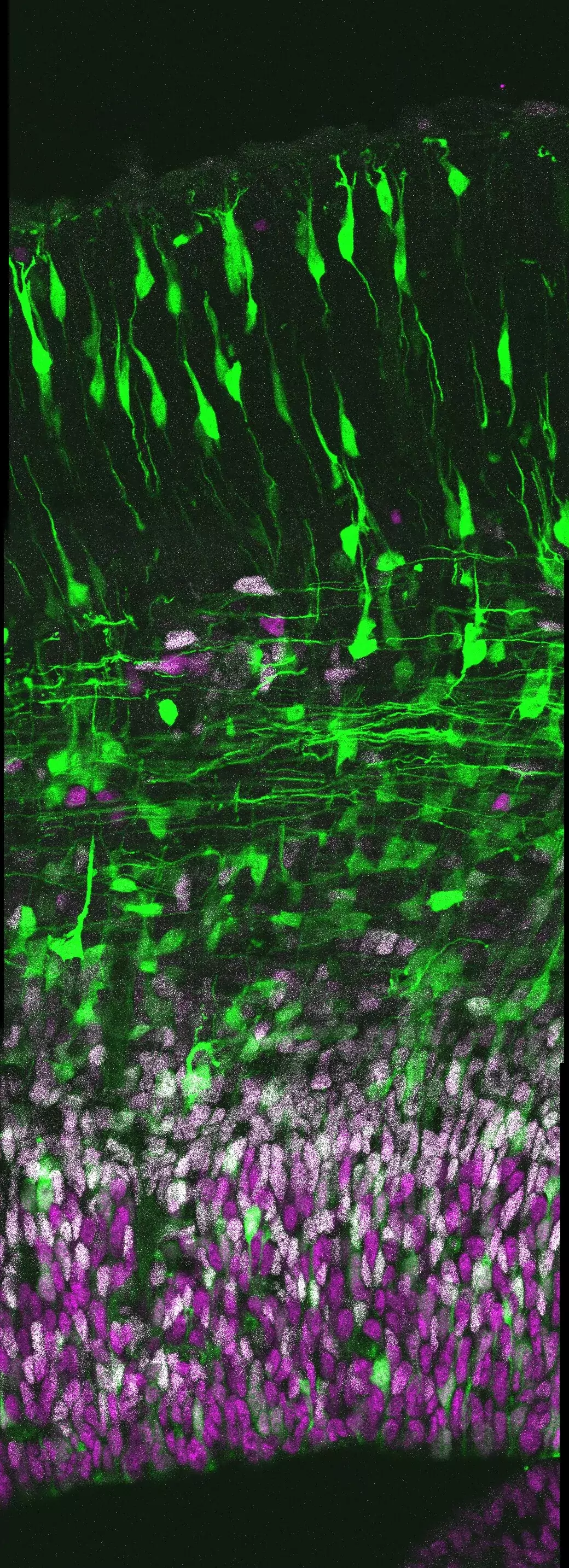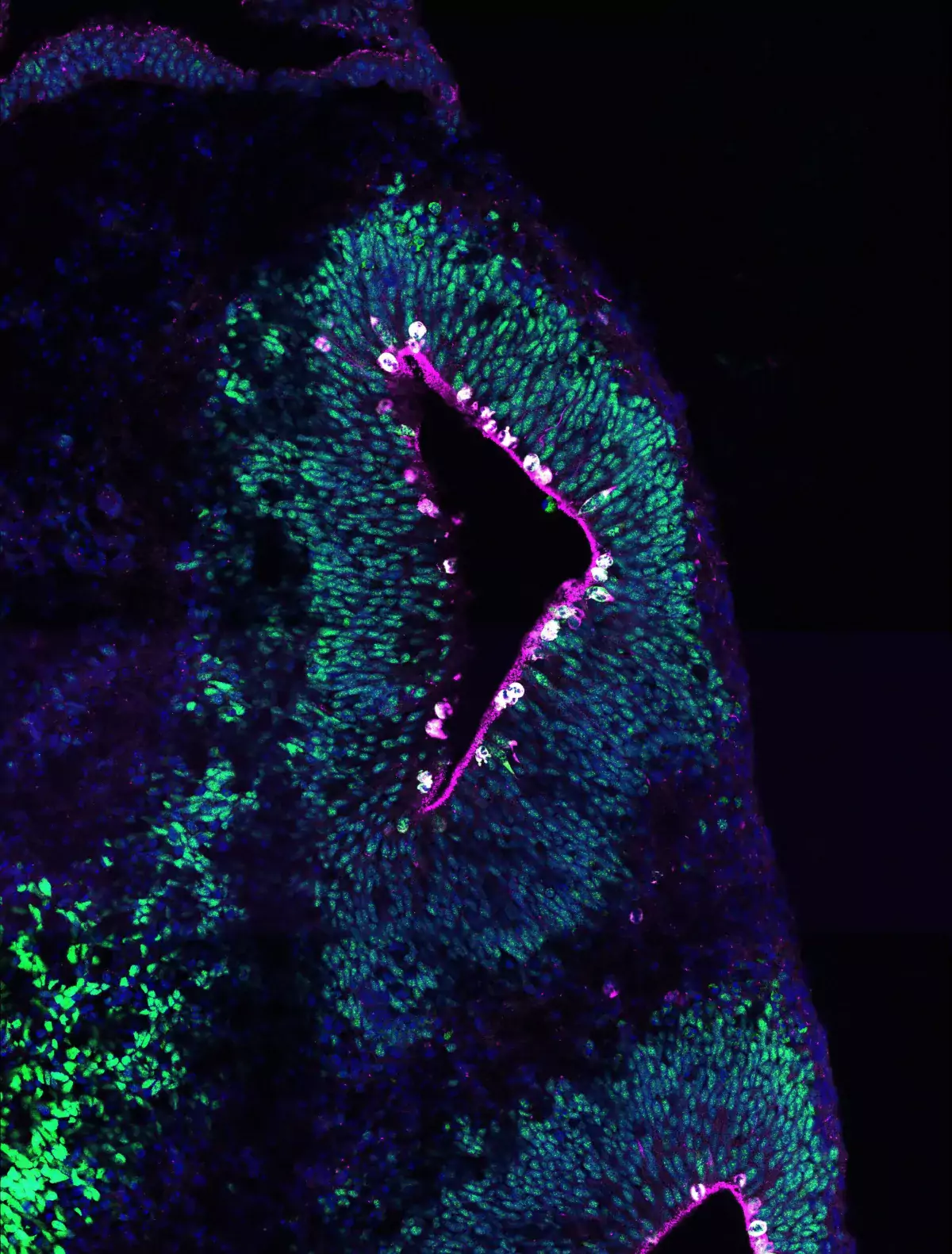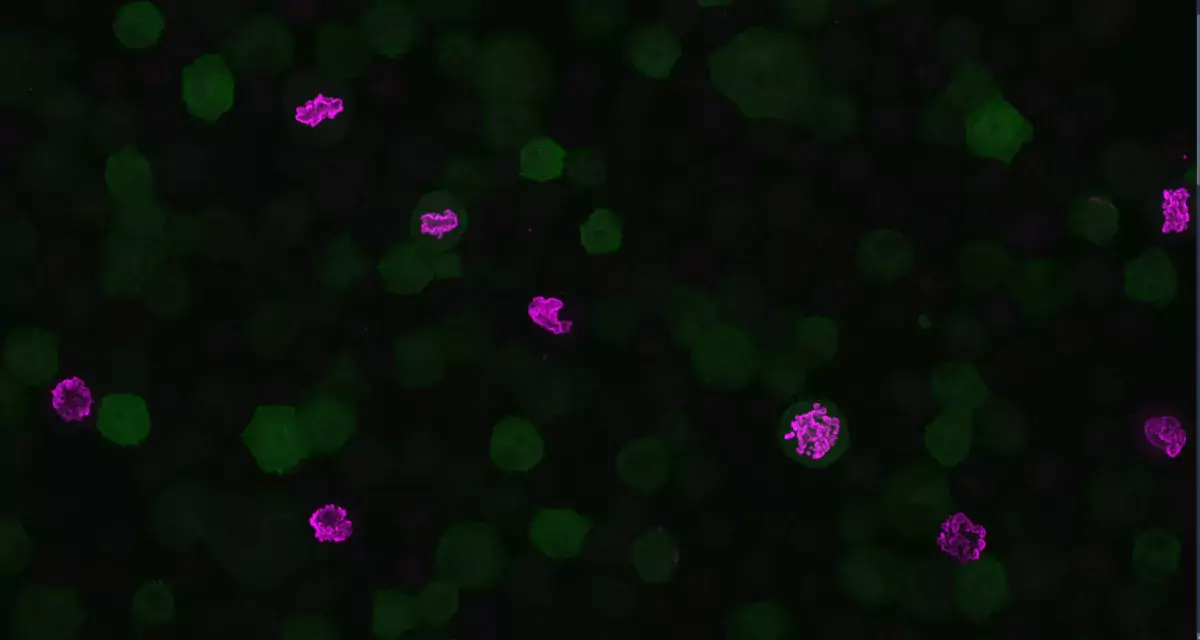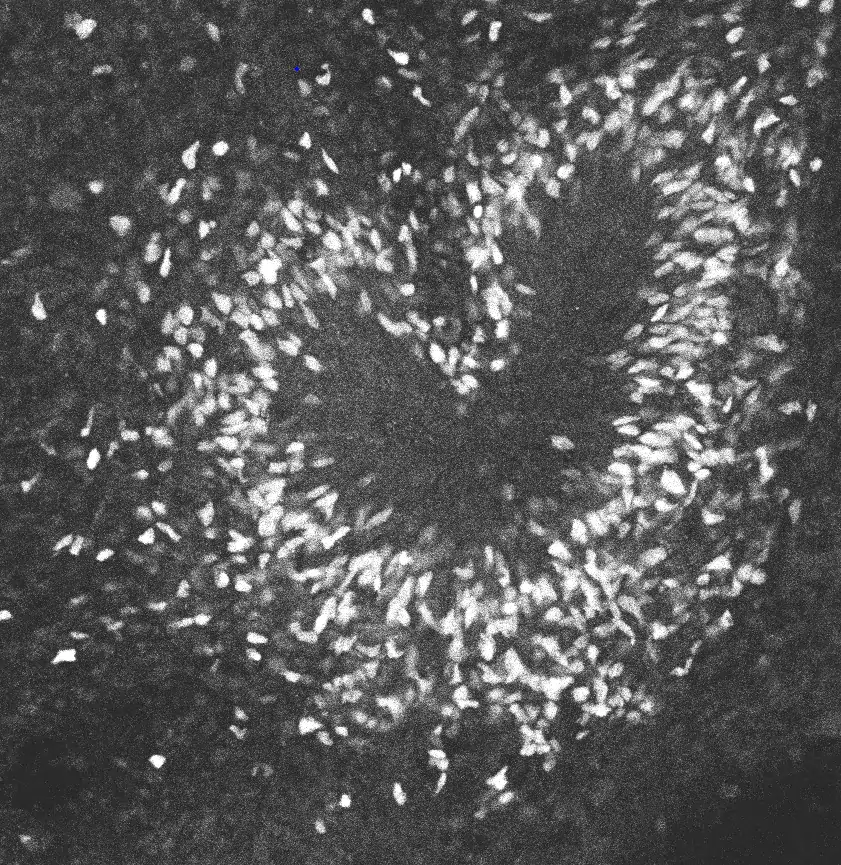Research
Neocortical size and shape vary among mammalian species, even within primates (Herculano-Houzel 2019; Rakic 2009; Zilles and others 2013). During the evolution toward modern human, the human acquired the most expanded and convoluted neocortex compared with other primates (Rakic 2009). Neocortical expansion depends on the proliferative capacity of neural stem and progenitor cells (NPCs), and the subsequent neuron production (Cárdenas and Borrell 2020; LaMonica and others 2012; Namba and Huttner 2017; Rash and others 2019; Sun and Hevner 2014; Fig. 1).
NPCs can be divided into two major classes, apical progenitors (APs), which mainly consist of apical radial glia (aRG, also known as ventricular radial glia, vRG), and basal progenitors (BPs) comprising basal intermedi- ate progenitors (bIPs) and basal radial glia (bRG, also known as outer radial glia, oRG). APs and BPs are located in the ventricular (VZ) and subventricular zone (SVZ) of the developing neocortex, respectively. aRG mainly expand their number during early development of the neocortex, and then start producing BPs at mid to late developmental stages (Cárdenas and Borrell 2020; Namba and Huttner 2017; Sun and Hevner 2014). Since only a small part of aRG directly produce neurons and the rest of them give rise to BPs, which divide and finally differentiate into neurons, the BPs are thought to be the main progenitor cells responsible for neuron production. In species with a larger neocortex, such as human and nonhuman primates, there is an abundance of bRG and bIPs during development, both of which are known to possess high proliferative capacity in these species (Cárdenas and Borrell 2020; LaMonica and others 2012; Namba and Huttner 2017; Sun and Hevner 2014). The SVZ of those species is enlarged to accommodate the expanded BP pool and further subdivided into the inner and outer SVZ (ISVZ and OSVZ, respectively; Smart 2002). In contrast, the developing neocortex of species with a small neocortex, such as mouse, generally contains a smaller number of bRG and few proliferative bIPs (Cárdenas and Borrell 2020; LaMonica and others 2012; Namba and Huttner 2017; Sun and Hevner 2014), making the SVZ relatively thin. Therefore, the expansion of the bRG and bIPs, due to their high proliferative capacity, is the main driving force of the evolutionary expansion of the neocortex.
Understanding the mechanisms of the BP expansion in human evolution is important for neuroscientists studying not only physiological brain development but also brain development in pathological conditions such as microcephaly and megalencephaly (Juric-Sekhar and Hevner 2019).



